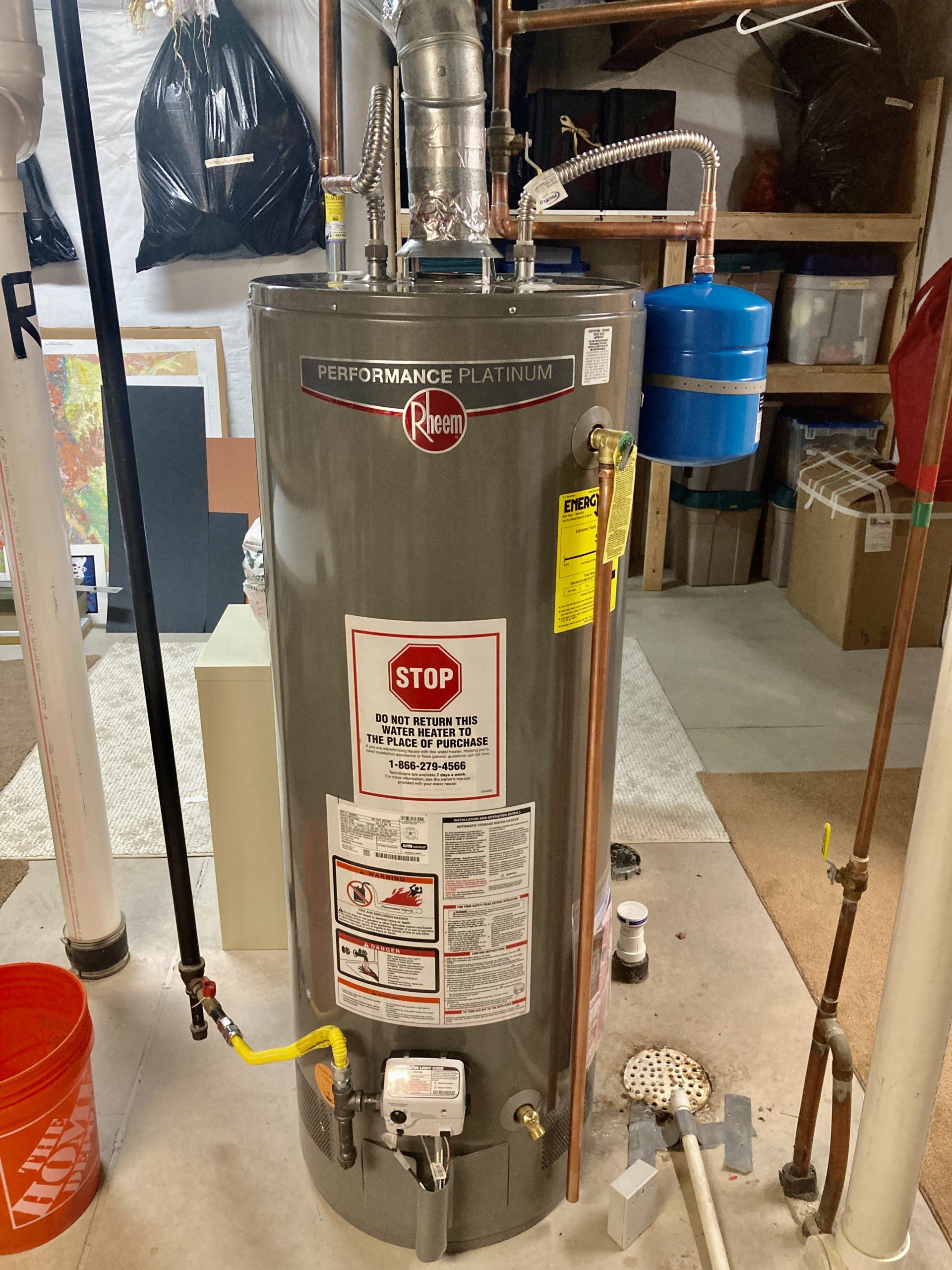How to Maintain Your Home's Hot Water System ProperlyHow to Extend the Lifespan of Your Home's Hot Water System Through MaintenanceImportant Maintenance Techniques for Your Home's Hot Water System
Get Quote NowThe article below in relation to How to Maintain Your Water Heater & Prolong its Life is unquestionably interesting. You should investigate it.

Hot water is vital for everyday convenience, whether it's for a refreshing shower or cleaning recipes. To guarantee your hot water system runs efficiently and lasts much longer, routine maintenance is vital. This article offers sensible tips and insights on exactly how to maintain your home's warm water system to prevent interruptions and costly repairs.
Intro
Preserving your home's warm water system might appear overwhelming, but with a few simple actions, you can guarantee it operates efficiently for years to come. This guide covers whatever from recognizing your warm water system to DIY upkeep suggestions and recognizing when to contact professional assistance.
Importance of Preserving Your Hot Water System
Normal maintenance not only prolongs the life-span of your hot water system yet likewise ensures it runs efficiently. Neglecting maintenance can cause lowered performance, higher energy bills, and even early failure of the system.
Indicators Your Hot Water System Needs Upkeep
Understanding when your warm water system requires attention can stop significant issues. Look out for indications such as irregular water temperature, weird sounds from the heater, or corroded water.
Understanding Your Hot Water System
Prior to diving into upkeep jobs, it's useful to recognize the standard elements of your warm water system. Generally, this includes the hot water heater itself, pipelines, anode poles, and temperature level controls.
Month-to-month Upkeep Tasks
Normal regular monthly checks can aid capture small concerns before they rise.
Flushing the Water Heater
Purging your water heater eliminates sediment buildup, improving performance and lengthening its life.
Checking and Changing Anode Rods
Anode poles prevent rust inside the storage tank. Evaluating and replacing them when worn is critical.
Evaluating and Readjusting Temperature Settings
Adjusting the temperature level settings ensures optimal performance and safety.
DIY Tips for Upkeep
You can do numerous upkeep jobs yourself to keep your warm water system in top condition.
Looking for Leakages
Frequently check pipes and links for leaks, as these can lead to water damages and higher bills.
Checking Stress Relief Valves
Examining the pressure relief valve guarantees it functions appropriately and stops extreme pressure accumulation.
Insulating Pipelines
Protecting hot water pipes decreases heat loss and can conserve power.
When to Call an Expert
While DIY upkeep is helpful, some problems call for expert knowledge.
Facility Problems Requiring Professional Assistance
Examples consist of major leaks, electric problems, or if your water heater is consistently underperforming.
Routine Specialist Upkeep Perks
Expert upkeep can include thorough assessments, tune-ups, and ensuring compliance with security criteria.
Conclusion
Normal maintenance of your home's warm water system is important for performance, long life, and cost financial savings. By following these pointers and recognizing when to seek specialist aid, you can ensure a trusted supply of hot water without unanticipated interruptions.
How to Maintain an Instant Hot Water Heater
Before tinkering with your hot water heater, make sure that it’s not powered on. You also have to turn off the main circuit breaker and shut off the main gas line to prevent accidents. Also turn off the water valves connected to your unit to prevent water from flowing into and out of the appliance. 2. When you’re done, you have to detach the purge valves’ caps. These look like the letter “T” and are situated on either side of the water valves. Doing so will release any pressure that has accumulated inside the valves while at the same time avoid hot water from shooting out and burning your skin. 3. When the purge valves’ caps are removed, you have to connect your hosing lines to the valves. Your unit should have come with three hoses but if it didn’t, you can purchase these things from any hardware or home repair shops. You can also get them from retail stores that sell water heating systems. Read the user’s manual and follow it to complete this task properly. When the hosing lines are connected, open the purge port’s valves. 4. You should never use harsh chemical cleaners or solutions when cleaning your unit. Make use of white vinegar instead. It should be undiluted and you’ll probably use about 2 gallons. 5. Now flush your water heater. This task should probably take about 40 minutes. We can’t give you specific directions for this because the procedure is carried out depending on the type, model and brand of your heater. With that being said, refer to the user’s manual. 6. When you’re done draining the unit, you have to turn off the purge port valves again. Remove the hosing lines that you earlier installed on each of the water valves. Put the valve caps (purge port) back in their respective places and be very careful so as not to damage the rubber discs that are found inside these caps. 7. Now that everything’s back in place, check your user’s manual again to find out how to reactivate your water heating system. 8. Once it is working, turn one of your hot water faucets on just to let air pass through the heater’s water supply pipes. Leave the tap on until water flows smoothly out of it. https://www.orrplumbing.com/blog/2014/september/how-to-maintain-an-instant-hot-water-heater/

I stumbled upon that piece about Tips on Maintaining a Water Heater when scouting around the internet. Sharing is nice. Helping people is fun. We recognize the value of reading our article about What Kind of Maintenance Do Water Heaters Need?.
Quote